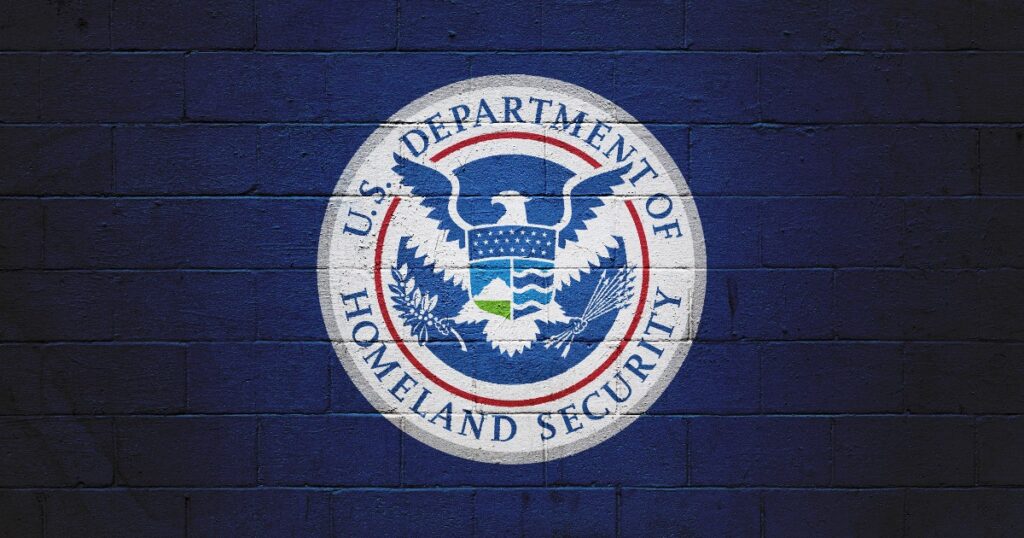At the end of 2024, we reach a moment in artificial intelligence (AI) development where government involvement can help shape the trajectory of this highly pervasive technology.
In a recent example, the Department of Homeland Security (DHS) announced what it called a “first in history.” framework Designed to safely and reliably deploy AI across critical infrastructure areas. This framework could be the catalyst for what could become a comprehensive set of regulatory measures, as it focuses on the critical role that AI plays in ensuring the security of key infrastructure systems.
Secretary Alejandro N. Mayorkas said: “AI offers a once-in-a-generation opportunity to improve the strength and resiliency of America’s critical infrastructure, and we must seize it while minimizing potential harm. If widely adopted, this framework will go a long way toward ensuring the safety and security of critical services such as clean water, reliable electricity, and internet access.”
Mayorkas’ statement underscores the urgent need for a proper response, as today’s decisions will have a significant impact on how AI will impact critical systems in the future.
Key features of the DHS AI framework
This framework clearly defines the roles and responsibilities of the parties involved in the development and deployment of AI to critical infrastructure.
Risk Management Guidance: DHS recommends an approach that incorporates continuous risk management and advises stakeholders to continually identify, assess, and mitigate potential AI risks. The recommendations include introducing transparent mechanisms to track AI decisions that can impact critical services.
Ethical standards for developers: The guidelines: ethical considerations into AI design to promote responsible practices that minimize harm and ensure fair treatment.
Cross-sector collaboration: Recognizing the interconnected nature of infrastructure, DHS fosters collaboration between the public and private sectors to effectively share best practices and vulnerabilities. Information sharing This is always a good way to minimize the risk posed by both intentional attacks and unintentional failures.
Prepare for incident response: The framework also outlines how AI developers and operators should prepare for potential incidents. Clear protocols must be in place to quickly address issues before they escalate.
Explore AI cybersecurity solutions
What are the responsibilities of an AI developer?
One of the most notable aspects of the DHS report is its clear focus on: Responsibilities of AI developers.
The guidelines establish a new precedent by outlining clear expectations, especially for those creating AI tools intended to operate within or interact with critical infrastructure. did.
Focusing on developers is especially important because they are on the front lines of technology development that directly impacts critical systems. Decisions made during the design, development, and deployment stages can have significant consequences, impacting everything from public safety to national security. DHS wants to build a culture of responsibility and foresight in the AI community by giving developers a structured set of responsibilities.
Therefore, AI developers are encouraged to take the following steps in line with the new guidelines:
Design with risk in mind: Developers build AI systems that prioritize safety and resiliency from the ground up, especially when the technology is intended to interact with critical services such as power grids and communications networks. That is required. This means integrating failsafes, stress testing, and simulating potential failure scenarios during the design phase.
Adopt explainable AI practices: Transparency is critical for AI developers. This framework encourages the adoption of explainable AI techniques that allow human operators to understand why certain decisions were made. This increases reliability while also providing an audit trail to help identify the root cause of any issues that occur.
Collaborate for broader impact: Developers go beyond working alone to actively engage with a broader community of stakeholders, including policymakers, users, and other technology developers. Must be. After all, collaboration helps ensure that AI tools are safe, reliable, and ready to work under real-world conditions.
Following these guidelines will help developers build AI systems that meet technical standards and also meet societal values and safety requirements. A focus on explainable AI, risk-based design, and collaboration creates a balanced approach that maximizes the benefits and minimizes the potential downsides of AI.
Why is this important now?
The release of AI frameworks is a reminder that AI technology does not evolve in a vacuum. Today, AI is more pervasive than ever before, but its use in critical infrastructure requires the highest level of care and responsibility. Focusing on developers as a key role in minimizing risk, DHS is creating an environment where AI can thrive without compromising critical public services.
It is important to note that responsibility for safe AI extends beyond the developer stage. Technology organizations will play an important role as well. Arvind Krishna, IBM Chairman and CEO It’s a powerful tool, and IBM is proud to support its development.” We look forward to continuing to work with the Department to promote shared and individual responsibility in the advancement of trustworthy AI systems. ”
Secretary Mayorkas echoed these sentiments, adding, “The choices organizations and individuals developing AI make today will determine the impact this technology will have on tomorrow’s critical infrastructure.”
The Secretary’s words capture the essence of why this framework is important. This means we need to shape the future of AI in ways that protect and enhance the foundational services of society.
read more



